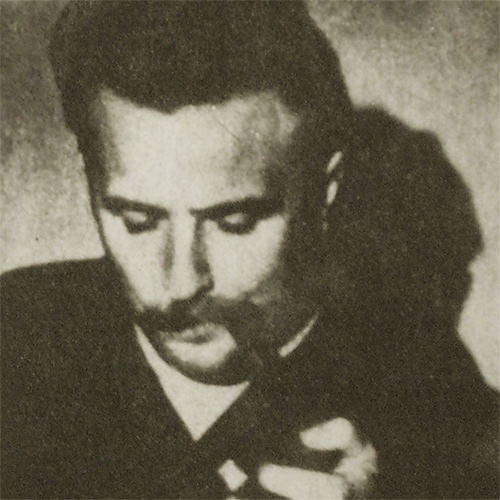Learning to give and receive
Regardless of what is being transferred – tangible or intangible assets, an object or a culture – the transfer has a hugely symbolic dimension that presupposes the active involvement of three stakeholders, namely the person making the transfer, the person receiving it and the person who will receive it in the future. To ensure that such a major event in the life of any family or company goes smoothly, certain conditions must be met.
Addressing the symbolic and economic challenges
An estate transfer is not just a matter of passing on a sum of money or physical property. It is about sharing values, traditions and know-how – the ‘intangible’ side of inheritance that comes with a history and is a cultural legacy spanning several generations. It is a delicate and emotionally charged process intricately bound to the deceased or the person making the transfer.
Carrying information through time
An estate transfer is like the critical moment in a relay race when the baton is passed smoothly and deliberately from one hand to another. There is a steadfast determination that will never be fully reflected in a bank transfer or a notary deed. An estate transfer is too symbolic and calls for a different approach.

Passing the torch without imposing

Therefore, a transfer requires more than just a parent and their child. There is a third person to consider – the one whose turn it is next to be the receiver. Only then will the object be passed on in its entirety, in both its tangible and intangible form.
Family and business transfers
Businesses are not tangible property but vibrant entities that are the embodiment of their leaders and have a future beyond their leaders’ time at the helm. Consequently, the question of succession is the number-one concern of many business leaders, especially those of family businesses. They do not want the business they founded to fizzle out when they retire, and nor does the person who is inheriting it. For them, their business is like a torch to be passed, a continuous link between generations, rather like the Planet Earth of Saint-Exupéry’s book, The Little Prince, in which the author says not only do we inherit Earth from our parents but we also lend it to our children. And so the responsibility is two-way: we must not betray the work of our predecessors, nor mortgage that of our descendants.

It is important to obtain the agreement of all stakeholders, though, so that the efforts of both sides can be best coordinated.
How to plan a smooth handover
Transferring an estate and its associated values is not something that should be done without careful planning. The first piece of advice is to address the issue of transfer as soon as possible. It takes time for the giver to know what they want to give and how they want to give it. But it also takes time for the receiver to ‘get on board’ and accept what is being given.
For the person transferring their estate, even broaching the subject of inheritance can be a challenge. It means looking ahead to the consequences of their death on their spouse, their children and perhaps even their business, whether they built it themselves or inherited it.
The transfer must be done is way that is respectful to both giver and receiver and be part of a framework to which all parties adhere. Although the transfer may appear perfectly natural to the generation passing on the venture, the receiver must support the project and agree to carry it forward, albeit in their own way.
In practice, it is essential that each child be given the same information. The choices made by the bequeather must be presented and explained to the descendants to avoid certain pitfalls and questions such as, Why am I being given this and not that, and, What did I ultimately mean to them?
It is crucial for everyone’s true wishes to be out in the open. “A good will is written by the person who is giving and the person who is receiving,” says Philippe Depoorter, a Banque de Luxembourg Executive Committee member and Family Practice Leader. The receiver, still in the case of a family business, must be careful not to force anything on their elderly parents and avoid making them feel that the inheritance is expected. “That said, taking the initiative to broach the subject of inheritance always falls to the parents, meaning the bequeathers.”
Neutrality: the key to success

For these reasons, it can be helpful to call in a neutral third party who can offer advice throughout the process and act as facilitator to ensure the handover goes smoothly. This may mean helping a young family member decide if they are sufficiently motivated to take over the family business or facilitating inheritance planning by developing consensual solutions.
Furthermore, some families, especially those who want to prepare for their succession in advance and come together over shared values, can decide whether to start a foundation or create a philanthropic project.
Succession therefore weaves a web between the generations, bringing values and cohesion to those who one day will be in charge of transforming this legacy.
The word ‘transfer’ sums up the essence of what is involved. It means ‘allowing something to pass through your hands’. When something is transferred, there is the expectation that the receiver will be both willing and able to receive it with open arms. What matters is not the giving or imposing of knowledge or property, but making sure that the receiver is capable of letting something ‘pass through their hands’. The receiver must feel at ease with the transfer process, otherwise it will become a burden. When this condition is met, the new knowledge or property becomes an integral part of the receiver and can continue on its path or mission, which is its primary virtue.



